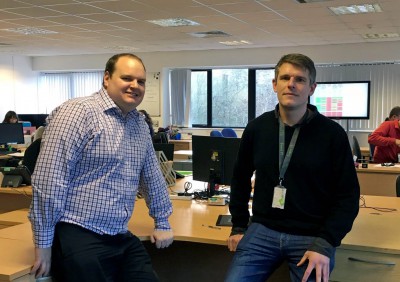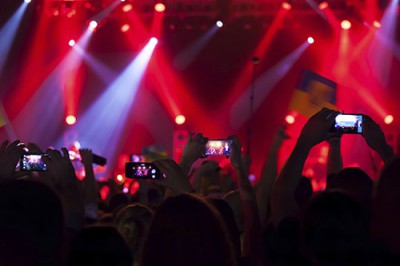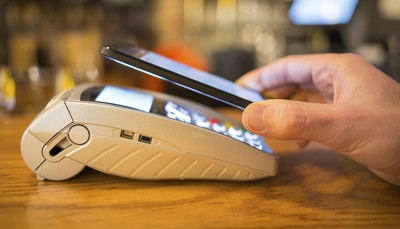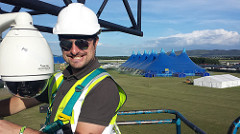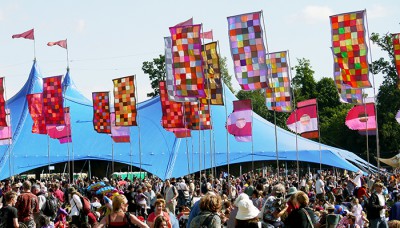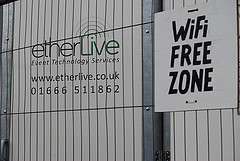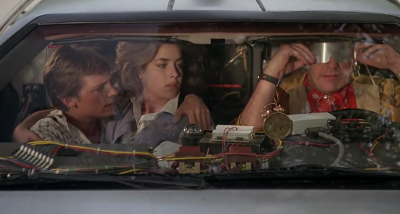The last month has been busy at the Etherlive offices with projects including the London New Year Fireworks, the London Boat Show, the auction of the 2 millionth defender and of course the Christmas break!
Alongside this several new team members have joined Etherlive in our Wiltshire offices including:
Dan Saunders – Joins Etherlive with a strong background in deploying the latest and greatest technology at events with his most recent role in the area of acoustic management. As part of the pre-sales team Dan will work with event organisers on their requirements, discussing their goals and building the technical specification.
Colin Paxton – Joins Etherlive to lead the Operations team. With significant experience in the AV sector Colin is responsible for the logistics and planning team who ensure that projects are delivered seamlessly. Working closely with the engineering groups Colin has already ensured events which need to change their schedules at short notice get the support they need to keep the event on track.
Welcome Dan and Colin!
